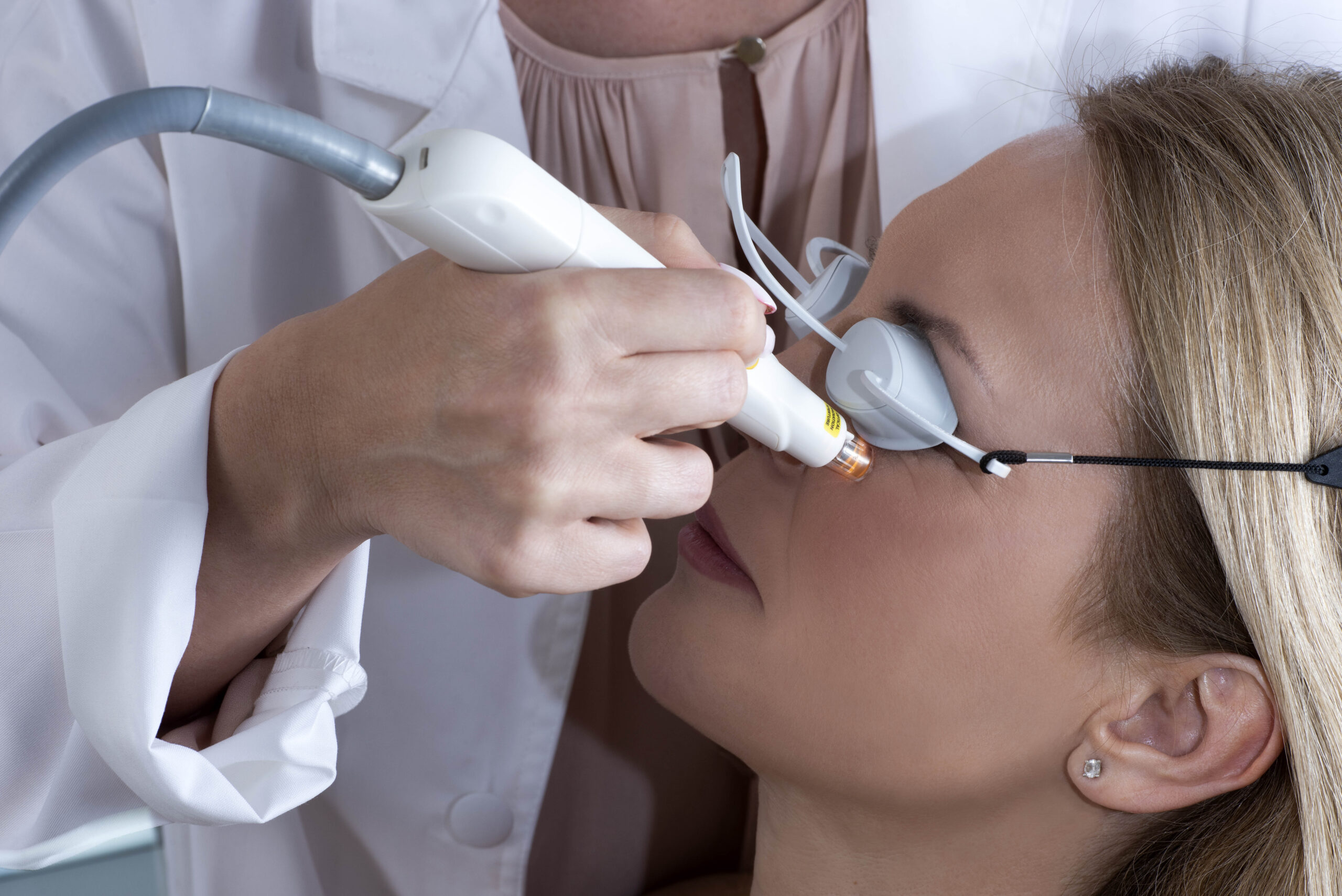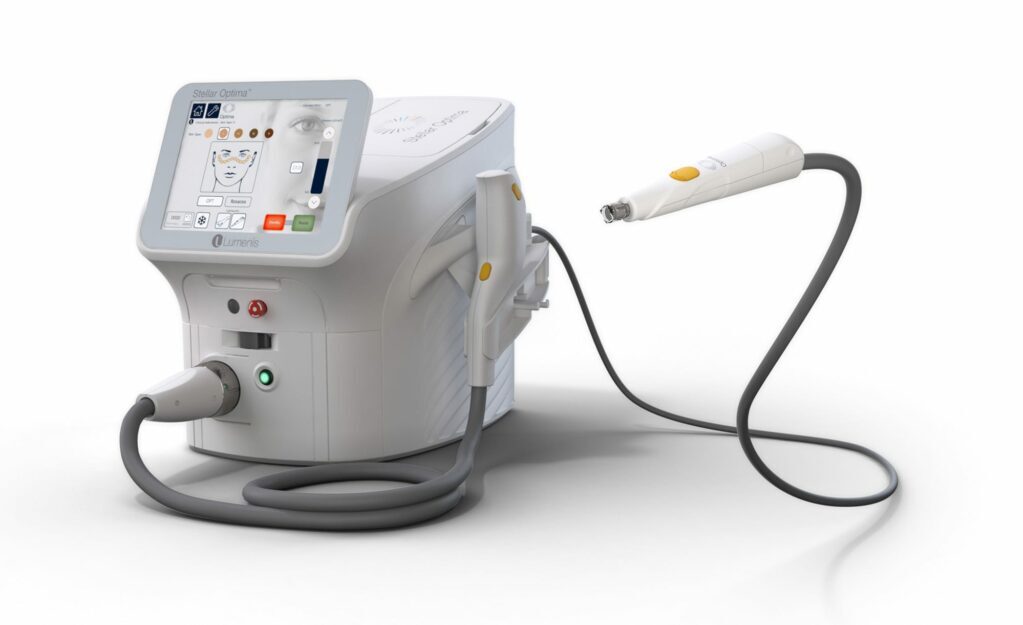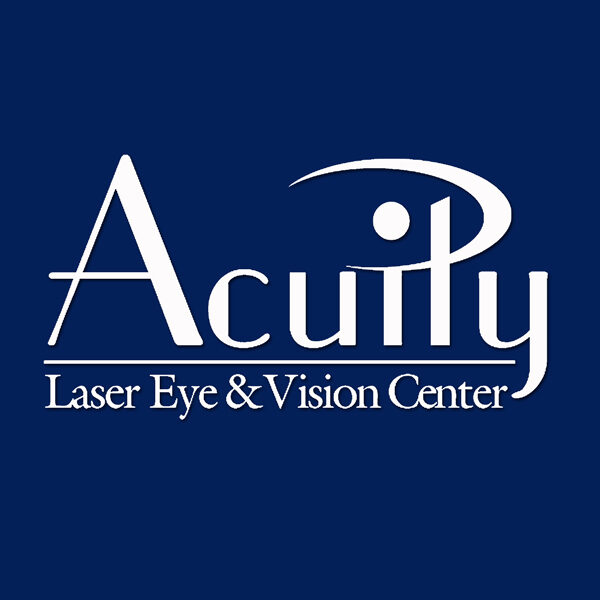OptiLight IPL for Rosacea
Intense Pulsed Light (IPL) therapy is a popular treatment option for reducing redness and managing symptoms of rosacea. Unlike lasers, which use a single wavelength of light, IPL uses broad-spectrum light to target multiple layers
of the skin. The technology works by directing intense light energy into the blood vessels just beneath the skin’s surface. This light is absorbed by the pigment in these blood vessels, causing them to shrink and atrophy, reducing
visible redness and inflammation.

What is Rosacea?
Rosacea is a chronic skin condition that often presents with facial redness, visible dilated blood vessels, and inflammatory bumps called papules. Triggers such as sun exposure, stress, and certain foods can cause flare-ups, making skin appear red or even purple, irritated and flushed.
IPL offers a non-invasive solution to these issues, helping to calm the skin and reduce the frequency of flare-ups.
Quick Guide to IPL
IPL (Intense Pulsed Light) is a non-invasive treatment that targets redness and rosacea symptoms by using light to penetrate the skin.
• It works by reducing visible blood vessels, flushing, and other common signs of rosacea.
• The treatment helps to minimize flare-ups, evens skin tone, and promotes healthier-looking skin.
• Typically, a series of treatments (3-6) is recommended for optimal results.
• IPL is safe for most skin types and requires minimal downtime.
• Patients may experience mild redness or swelling post-treatment, but side effects are usually short-lived.
• Consult our doctor or his staff to determine if IPL is the right option for your rosacea.
How IPL Targets Rosacea Symptoms
IPL is highly effective in treating rosacea because it addresses several key symptoms of the condition:
• Flushing and Redness: By targeting dilated blood vessels, IPL reduces the persistent redness often associated with rosacea.
• Visible Blood Vessels: The light energy emitted by IPL helps constrict, oblate and diminish visible capillaries, resulting in a more even skin tone.
• Inflammation: IPL’s gentle light therapy calms inflamed skin, helping to minimize rosacea flare-ups.
• Skin Texture and Pores: Many patients also report improved skin texture and reduced pore size after treatment.

How Does IPL Work?
IPL works by delivering controlled pulses of light into the deeper layers of the skin, where it is absorbed by hemoglobin (the red pigment in blood). When the light hits the blood vessels causing your rosacea symptoms, it converts into thermal energy, which causes the blood vessels to shrink. Over time, this process reduces the redness and visible signs of rosacea on the surface of your skin.
Here’s a step-by-step overview of how IPL treatment typically works:
1 . Consultation: Our doctor will assess your skin type and the severity of your rosacea to determine if IPL is the best course of treatment.
2. Preparation: Before the treatment, a cooling gel is applied to the treatment area to minimize discomfort. You will also wear protective goggles to shield your eyes from the light pulses.
3. Treatment Session: The IPL device is passed over the skin, delivering light pulses that penetrate the surface and target the underlying blood vessels. Patients may experience a slight tingling sensation or warmth during the session.
4. Post-Treatment Care: After the session, your skin may appear red or slightly swollen, but these side effects typically subside within a few hours to a couple of days. Sunscreen and gentle skincare products are recommended post-treatment.
What to Expect During IPL for Redness and Rosacea
The Treatment Process
Each IPL session typically lasts between 20 to 45 minutes, depending on the size of the treatment area. Most patients will need between 3 and 6 treatments, spaced about 4 weeks apart, to achieve optimal results. The light pulses used in IPL can feel similar to a rubber band snap on the skin, but most people find the treatment tolerable.
Recovery and Aftercare
One of the biggest advantages of IPL is the minimal downtime. Some patients may experience mild redness, swelling, or sensitivity in the treated areas immediately after the procedure, but these side effects usually fade within a day or two. After treatment, it’s important to avoid direct sun exposure and use a broad-spectrum sunscreen, as your skin will be more sensitive to UV rays.
For best results, our doctor may recommend a skincare regimen tailored to your rosacea-prone skin. This may include gentle cleansers, moisturizers, and sunscreen to maintain the improvements achieved with IPL.
IPL Results: What You Can Achieve
Short-Term Results
Patients usually notice improvements in their skin’s appearance after just one session, with the redness significantly reduced. However, the full benefits of IPL treatments typically become more visible after a series of treatments. Over time, the frequency of rosacea flare-ups decreases, and skin tone becomes more even.
Long-Term Benefits
The long-term benefits of IPL extend beyond reducing redness. Regular IPL treatments can help:
• Prevent new blood vessels from forming, reducing the likelihood of future redness.
• Improve the overall texture and quality of your skin.
• Minimize pigmentation issues and age spots caused by sun damage.
• Maintain clear, healthy-looking skin with periodic maintenance treatments.
Is IPL Safe for Rosacea?
IPL is generally considered safe for most skin types, including those with rosacea. However, it’s important to note that the effectiveness of IPL can vary based on individual skin tones and the severity of rosacea. IPL tends to work best on lighter skin tones where there is a more pronounced contrast between the redness and the surrounding skin.
Before starting IPL treatments, it’s crucial to consult with a qualified dermatologist to ensure that it’s the right treatment for your specific skin condition. Some patients may not be ideal candidates for IPL, especially if they have certain medical conditions, are taking photosensitizing medications, or have very dark skin tones.
IPL vs. Other Treatments for Rosacea
While IPL is highly effective, it’s not the only treatment available for rosacea. Here’s how it compares to other common rosacea treatments:
• Topical Creams: Medications such as metronidazole, Ivermectin and azelaic acid are often prescribed to reduce inflammation and control breakouts. While effective, these creams may take longer to show results compared to IPL.
• Oral Medications: In more severe cases, antibiotics or anti-inflammatory medications may be prescribed. However, oral medications can have side effects and are usually not a long-term solution.
• Laser Therapy: Similar to IPL, laser treatments target blood vessels and pigmentation but often focus on a specific wavelength of light. Laser treatments can be more aggressive and may have longer downtime compared to IPL.
Key Takeaways
• IPL for redness and rosacea is an effective, non-invasive treatment that reduces visible blood vessels, redness, and inflammation.
• A series of treatments is typically required for optimal results, with improvements noticeable after each session.
• The treatment is safe for most skin types, with minimal downtime and short-lived side effects like mild redness and swelling.
• IPL provides long-term benefits, such as preventing future flare-ups and improving overall skin tone and texture.
• Consulting a dermatologist is essential to determine if IPL is the best treatment option for your rosacea.

